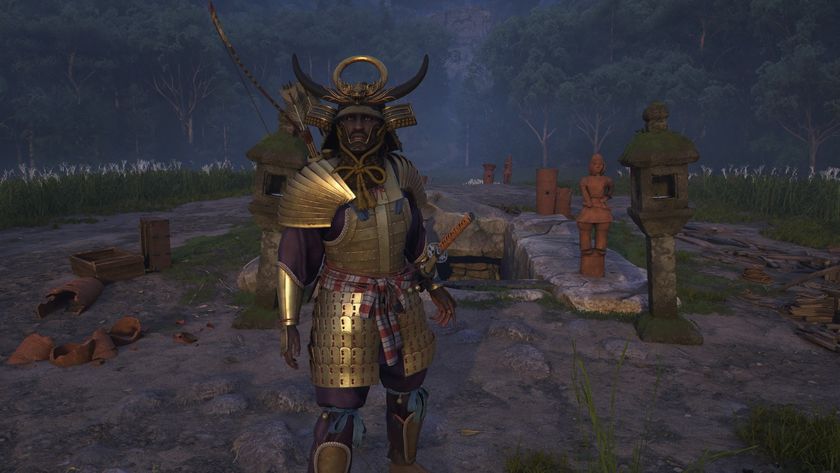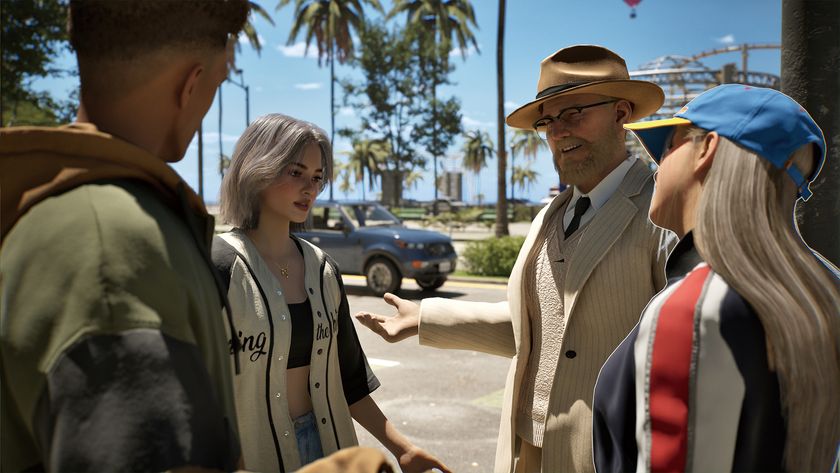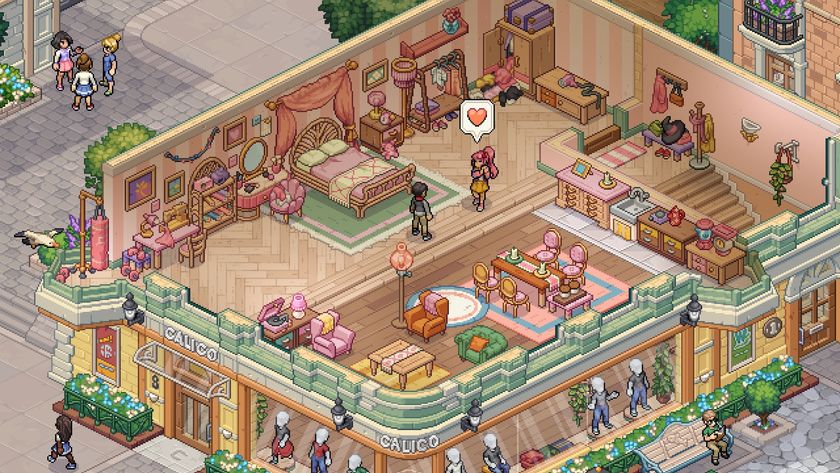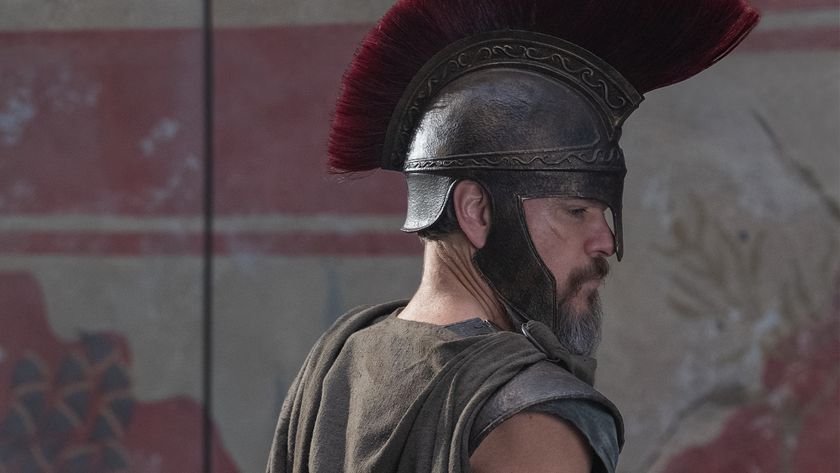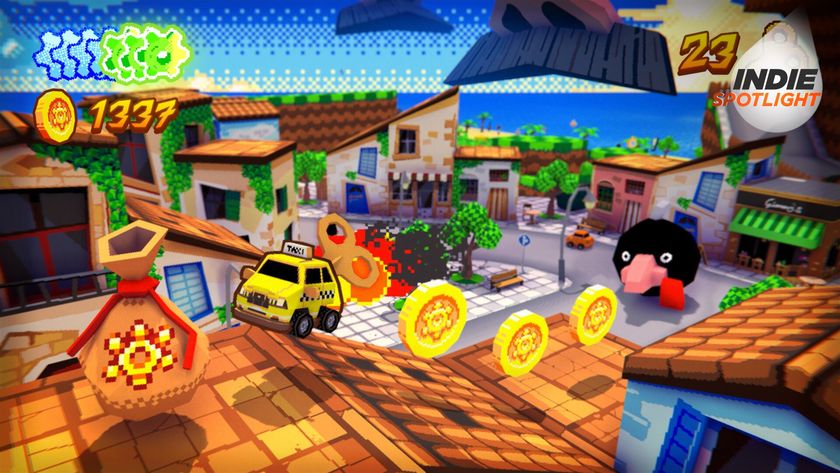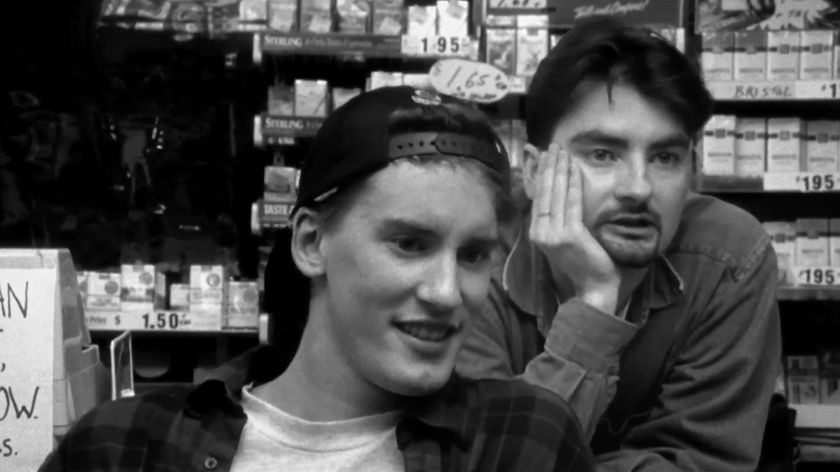Star Wars: The Old Republic review diary, level 15-30
We continue our path while learning more about crafting and exploring deep space
It’s hard to believe that Star Wars: The Old Republic has only been out for a week. Last week we wrote about our experiences with the first 15 levels of the game, but since then we've continued to grind away, passing level 30 earlier this week. We’ve already put over four days worth of play into Hollander, our Sith Inquisitor, who has continued his journey from lowly slave to Lord of the Sith. We're going to stray away from going too deep into his plot, like we did with last week's iteration, because we don't want to spoil the narrative for you. But even without talking about Hollander's personal story, there's still plenty to go over, including ship combat, new instanced Flashpoints, and a bunch of other content.
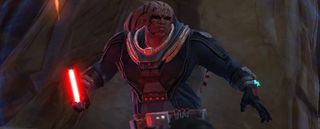
Above: We get ready to explore the outer rim
Exploring Fury
Soon after hitting 15 we were given our ship. Unlike mounts, which need to be purchased at level 25 (more on that later), ships are given for free to every player as part of their story. The Bounty Hunter, for instance, needs to complete a mission to steal her ship. Since we are Sith, and we’ve pleased our master, our ship was a gift. It’s named “Fury” and it’s absolutely awesome.
Ships in SWTOR work much like they do in games like Mass Effect. They’re a hub, letting players talk to their companions, and they’re a transport between the game’s planets. You can’t customize their appearance, which is more than a little upsetting, but you are able to add parts, improving the offensive and defensive capabilities of the ship. At first it wasn’t necessary, but as we leveled up and unlocked more space missions it became important and rewarding.
Above: Check out the space combat in action
Space missions are entirely optional, playing unlike anything else in the game. Each level is a twitch-based shooter that requires only the mouse to use, and asks players to blast apart enemy ships, destroy large space stations, escort defectors, or complete other similar tasks. They start off easy but slowly ramp up the difficulty, rewarding players greatly with experience and money for completion. They’re extremely fun, and a great time waster for players waiting for their friends to log in, or for their companions to get back with crafting materials.
Putting our friends to work, again
Yeah, companion(s). Plural. Once we got our ship we also got a robot companion which, while useless in battle, can still be sent on crafting missions. Later we got another companion, and then we got another. SWTOR slowly adds more characters to your party, and each one fills a different role. While you can’t have more than one out at a time (something we’d love to see them change in future updates, even if it’s only for a select few missions), you can still send the others out to craft. We talked about crafting in the first review diary, but it wasn’t until we started exploring it more that we realized exactly how fantastic it really was.
Sign up to the 12DOVE Newsletter
Weekly digests, tales from the communities you love, and more
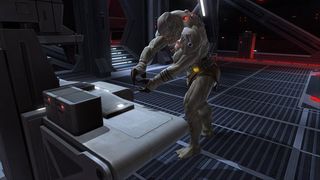
Above: Khem is working harder than ever
Generally, all schematics learned from a trainer are basic, but it’s possible to get several higher tiers of the same item by reverse engineering it. It’s as simple as clicking the reverse engineer button in the item menu, and it breaks the crafted item down into some of its material components.
Sometimes, it will also give a schematic for a better version, and this version can also be reverse engineered to get an even rarer version. Some items? They can go one step further. It only works sometimes, and can be a huge money sink to actually get the rarest schematic, but the reward is massive. Since it costs so much and relies on persistence not everyone actually does it, and it makes crafting anything viable for making money back. Though we are far from making back our initial investment into crafting we’re definitely chunking into it by selling rarer versions of the stuff everyone else is selling.
Planet hopping
While levels 1-15 had us sticking to only a two planets, 15-30 had us running all over the galaxy. We jumped to the Colicoid-filled Balmorra, the giant city of Nar Shaddaa, the desert of Tatooine, and ended our leveling at the bureaucratic (and lame) Alderaan. While Balmorra and Alderaan likely offered the most typical MMO adventures, we fell in love with Nar Shaddaa and Tatooine because of how undeniably Star Wars they felt. Nar Shaddaa is essentially the ugly shadow of Coruscant – the dark, corrupt, crime-filled Hutt version of the beautiful city.
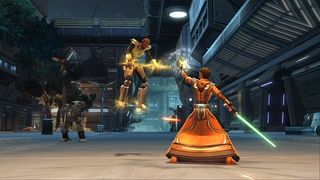
Above: We really liked wandering the streets and killing civilians
Every inch of playable land on the planet is city, making for a wholly unique experience in the genre. It's as big as any other area of the game, just sectioned into run-down city streets. It got a little stale after a while, but it made us feel like we were in a Star Wars movie, which is still pretty cool – even if the movie it made us feel like we were in was Attack of the Clones. It also had some interesting urban touches, like replacing the bunny or squirrel neutral enemies that every MMO has with civilians. That's right, you can just passively shock civilians to death, just because. It's awesome.
Check out page two for additional Sith-y adventures...
Hollander Cooper was the Lead Features Editor of 12DOVE between 2011 and 2014. After that lengthy stint managing GR's editorial calendar he moved behind the curtain and into the video game industry itself, working as social media manager for EA and as a communications lead at Riot Games. Hollander is currently stationed at Apple as an organic social lead for the App Store and Apple Arcade.

